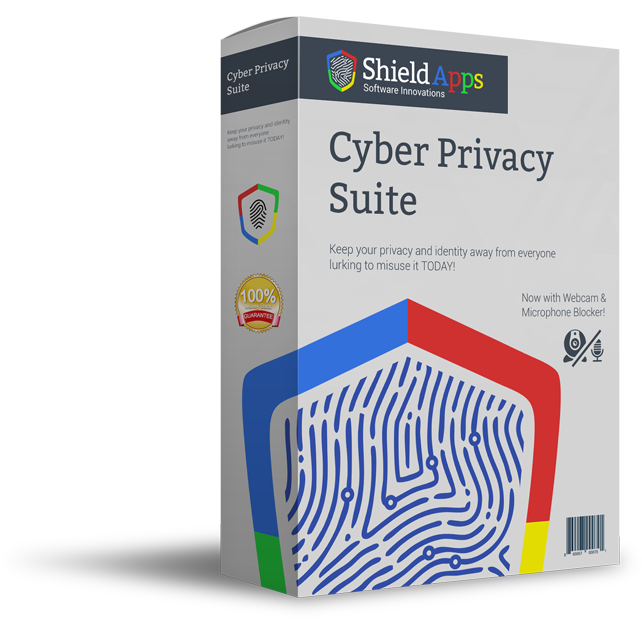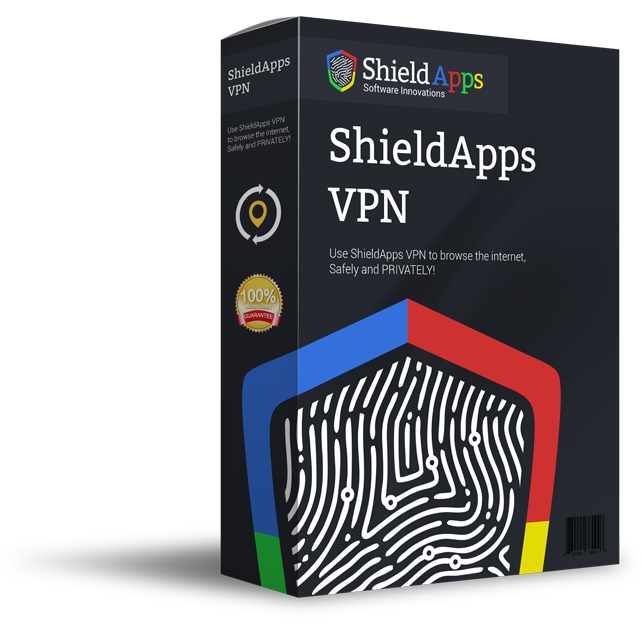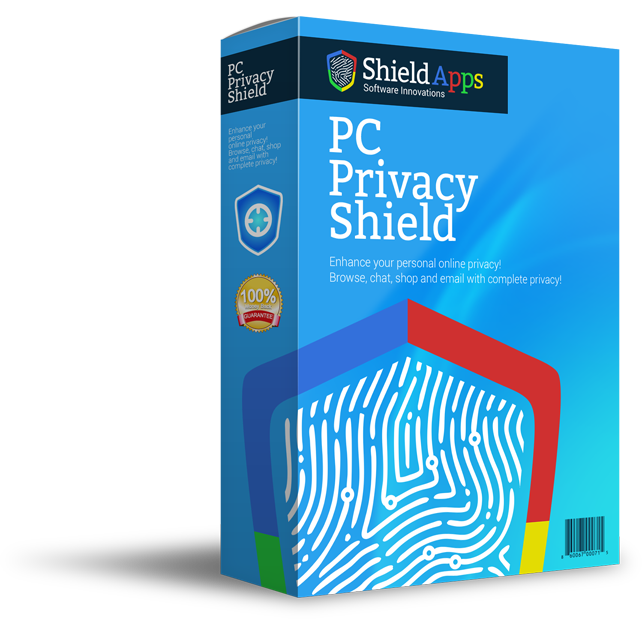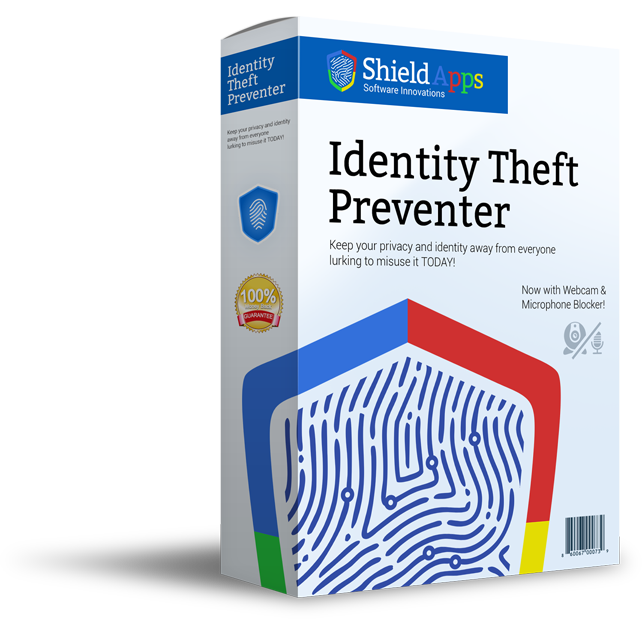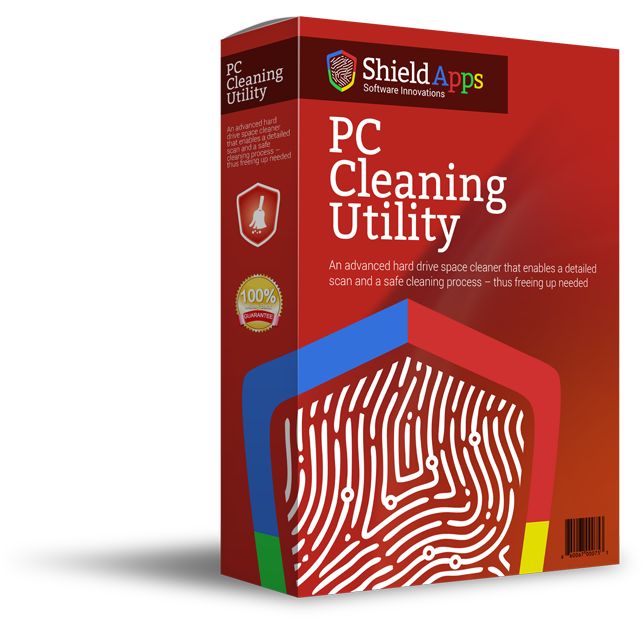Monetizing your white label software
Monetizing your white label software
(Aviv Cohen, ShieldApps CEO – 12/24/2013)
So, you have your white label software all ready and good to go. Site is up, files are ready… Now what?
I am frequently asked (by our clients/partners) for referrals and recommendations for extra monetization and revenue stream ideas.
This article aims to cover the possible monetization options one comes across. I am going to make an educated guess and say that I will not manage to cover all monetization options, but will try to cover the mainstream ones at least.
One problem worth mentioning in advance; this industry has one of the most complex and multi-layered business maps known to man… Not only are there numerous types of business partners involved, each with its own technology and monetization solution – but some have also several interest-angles dependent on the way you cooperate with them.
Lets try to put some order in that crowded scene then:
| The ones who NEED a solution | The ones who HAVE a solution |
| > Have a software, nothing else. > Have no software nor any other product (Clean Slate). > Have the distribution, not the product. > Have the distribution, and a product, but need more value per install. > Have the distribution and/or product, but want to generate more post-install revenue somehow. > Have a good bundled solution but no distribution. > Have a good bundled solution but no carrier to ride on. |
> Have an installer solution that matches a bundled offer to the carrier installation. > Have an offer that needs bundling. > Have a carrier that can be used. > Have a post-installation offer. > Have a post purchase / up-sale offer. > Have a distribution. > Other: ad injection solutions, 1-800 monetizers etc’
|
There are several common monetization paths that are the first ones usually to be explored:
1. Trial to premium (aka ‘Freemium’) is a very, if not the most common model out there among software owners. Provide your users with a free to try version that has some limited functionality and prompt them to purchase/upgrade in order to enjoy a fully functional software for the lifetime of the license they have purchased.
Pros: very straight forward, no hidden agenda and technical attributes, no privacy intrusion and/or any other elements installed with/out consent, easily compliant with all rules and regulations, low chargeback and refund rates.
Cons: its value as monetization solution will depend on your marketing strategy and distribution. Will not suite 100% of the prospects for that very same reason.
What you need to get started: A proprietary or white labeled software that works at a Freemium model.
2. Bundled offers; the most common 2nd layer of monetization for software owners and also the 1st and only layer for distribution companies (aka ‘installation monetizers’). A bundled offer will be done in 2 possible ways:
- You will bundle a very specific offer onto your installer
- You will incorporate external install-monetization script onto your own product and let the external provider deal with the offer presentation and monetization
- Not getting into at this point: opt-in vs. opt-out methods.
Bundled offers have a rather straightforward approach as well: each country has its specific offers. You can specify do’s and don’ts in terms of what to show during the installation and you will also have a ballpark revenue-per-installation.
Pros: every installation is generating some revenue, even if little. This is additional revenue that theoretically doesn’t take away from your other in-software monetization models.
Cons: bundles done badly can affect your compliancy, irritate users that might abandon the installation and will eventually (unless done right that is) ‘burn’ your code signing certificate.
What you need to get started: a carrier to bundle onto, an installer of your own or one that can support other’s wrapping installers.
3. Add-ons/widgets scripts; another, more intrusive way to go at installation monetization is to inject an external code snippet into your software installation process (or the software itself) that will modify the user’s experience, usually online browsing related. These would usually be search/home page takeovers, white space ad injections, image and text mouse-on-over overlays, pops and similar. The main concept behind these would be an additional revenue stream that has no visible connection to the software you are promoting and yet will financially be attributed to you in all regards to generated revenue.
Pros: very effective, profitable when done in large scale, and if you are past the installation process – has nothing to do with your software…
Cons: needs large distribution to be meaningful, can be easily detected and flagged by AV’s during the installation, will flag/ban your carrier for a while (if not for good), is not taken well in terms of compliancy and user response to it.
What you need to get started: a carrier to incorporate it into that can support additional code snippets.
4. Post install offers; will simply show a post installation offer (usually on a ‘thank you’ page pop or such, after the installation has been finished.
Pros: very gentle, none intrusive way to raise your user value.
Cons: less effective than the above, is limited to offers that are complementary to your product.
What you need to get started: a carrier to distribute, additional offers, control of your post install page.
5. Post/Pre UN-install offers; will simply show a post/pre uninstallation offer (usually on a ‘please don’t go’ page or pop or such, after the uninstallation has been started or finished).
Pros: none intrusive way to raise your user value, a last-hurrah to try and squeeze that lemon after all
Cons: lower efficiency, is limited to offers that are complementary to your product, user is not in the most ‘cooperative’ mood…
What you need to get started: a carrier to distribute, additional offers, control of your uninstall page.
6. Post purchase offers; will usually be presented after the user has finished the payment process and will be where the payment gateway sends your post-purchase traffic. The offers here need to be very delicate as you have already taken your user’s money, and yet you are still hoping to take some more, without irritating him/her…
Pros: low risk offer – you already processed 1 payment…
Cons: you might show the user something that he REALY wants and butterfly affect a refund request/chargeback on your own product…
What you need to get started: a carrier to distribute, additional offers, control of your post purchase page.
7. In-Cart up sales; these, we love. In cart up sales are your safest way at it. Your values here are very comprehendible to both you and the user… an additional product can be either presented as a bonus to the user at a lower price OR as a package deal in order to better ‘seal the deal’ on your own product. In-cart products are a very safe way to add some value to your purchase average and also to create more stickiness to the whole process and to an active user.
Pros: makes more sense to the user, user is in a buying mode and has not yet finalized the purchase, seems very legit and fare to the user, higher conversion rates.
Cons: you prolong the payment process another few seconds – might not be a good thing…
What you need to get started: a carrier to distribute, a cart that supports up sales, additional offers.
So what should you do? So many options out there, all with pros and cons. Which is the right path for your business?
There is no definite answer. Those that start fresh, my suggestion would always be ‘first try the more gentle approach, see how it goes, then decide if to try otherwise’.
Those that are already into a specific funnel, and are not happy with it, try to isolate a safe test and explore other options. Make sure you do not risk your current activity till you have some results to compare…
Those that are about the short term Blitzkrieg marketing strategy – do it all, do it now, but know that ‘Blitzing’ being what it is – ends very fast, so make sure you monetize the c#$p out of your activity as it won’t last.
For the ones that are about the long term, brand-building strategy – try all. But try slow, test carefully, isolate test groups, and find your shade of white/grey/black as you see fit.
The way I see it, it all starts with a good carrier (not an objective statement, duly noted …) that can support all trials and errors and marketing concepts you may have. Then come strategy and long term thinking. Know what you want, and how you’ll get it done. Then, do it.
Which ever slot you fit in, feel free to reach out, consult, and ask for specific referrals. I will be more than happy to introduce you to our partners in each and every vertical of the above.


